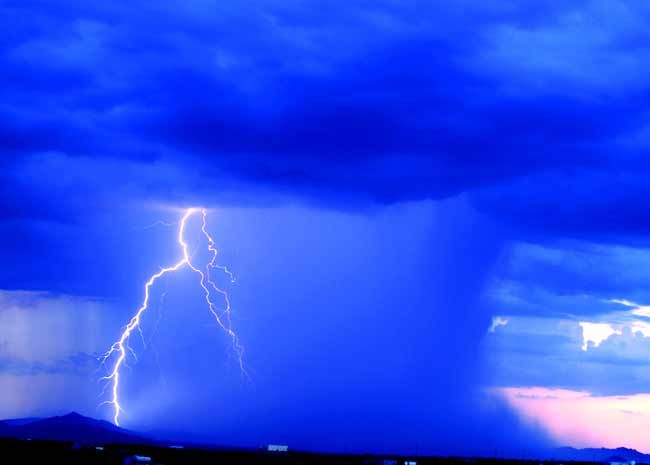Somali Pirates Thwart ... Climate Research?

An unexpected casualty of Somali pirates might be climate research, scientists now warn.
The number of pirate attacks in the Gulf of Aden and the Indian Ocean off the coast of Somalia nearly doubled from 111 in 2008 to 217 in 2009, and the situation remains unstable. Vessels are now recommended to stay at least 600 nautical miles off the coast of Somalia, and those sailing in the Gulf of Aden are advised to travel through a militarily patrolled passage.
Many of the ships that once traveled in this area carried instruments that recorded wind and other weather conditions near the ocean surface. The disruption in their routes has now resulted in a giant hole — about 965,000 square miles (2.5 million square kilometers) — in the marine weather-observing network off Somalia's coast.
"The piracy is impacting our ability to make measurements over the ocean that have been going on for well over 100 years in a lot of cases," said researcher Shawn Smith, a research meteorologist at Florida State University in Tallahassee.
As such, there is now a critical void of data when it comes to the Somali low-level jet, a wind pattern that is a key driver of Indian Ocean monsoons, researchers explained. This in turn impacts attempts to improve climate forecasts over the Indian subcontinent.
"The only way to address ongoing questions about climate change and how the planet is changing due to human activity or other impacts is to look at phenomena over 50-year timeframes or longer," Smith told LiveScience. "Piracy is affecting our long-term records."
The scientists detailed their findings in the July 5 issue of the journal Eos.
Sign up for the Live Science daily newsletter now
Get the world’s most fascinating discoveries delivered straight to your inbox.













